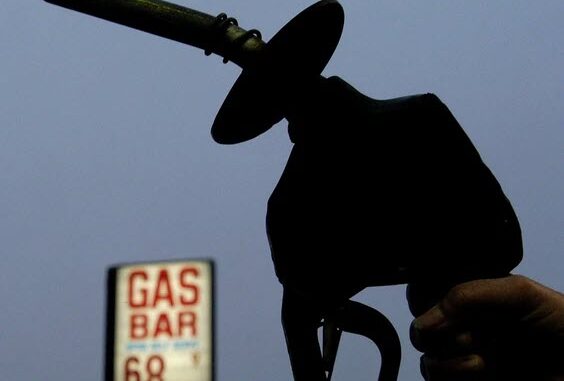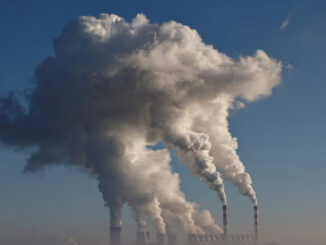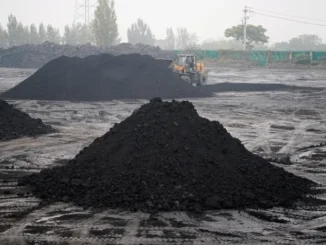
Is US$200 a barrel oil likely if policies to reduce climate change take hold?
Yes, says a Middle East oil minister and industry analysts. But not until the mid-century deadline for net-zero emissions.
It would require cancelling short-term investments in the industry, plus a 75 per cent plummet in global oil demand, according to an International Energy Agency (IEA) outline of how to achieve the environmental goal.
“Recommending that we should no longer invest in new oil… I think that’s extremely dangerous,” Mohammed bin Hamad Al-Rumhi, Oman’s energy minister, told a conference on clean energy transitions on Thursday.
“My biggest fear, if we stop investing in the fossil fuel industry abruptly, is there will be energy starvation and the price of energy will just shoot (up),” said Al-Rumhi, in charge of output in the Middle East’s largest producer outside of the Organization of Petroleum Exporting Countries.
“The demand for oil and gas may go down but in the short-term we could see US$100 or US$200 a barrel scenario, which although it sounds very attractive today (to producers), it’s something that I think many of us, if not all of us, would not like to see happening in the market.”
Even in the most ambitious energy transition scenario, oil and gas will still be needed for many decades to come
SULTAN AL-JABER
Regional ministers conferred by video to discuss transitions away from fossil fuels in an event organized by the IEA, a 38-country group that collects global energy statistics and promotes collaborations.
The Oman minister’s forecast for US$200 a barrel oil is somewhat echoed in a United States Energy Information Administration long-term projection issued in February. It has benchmark Brent crude hitting US$89 in 2030, then more than doubling to US$185 by 2050. Using 2020 dollars, the amounts would be US$73 and US$95, showing inflation accounts for a lot of the price increases.
Of course a range of factors will play a part on future oil prices, including the production of major suppliers outside of OPEC, such as the U.S. and Russia, and how it further erodes OPEC’s control of the market. Also to consider are the prevalence of renewable energy, the development and demand of today’s emerging markets, and the imposition of policies such as carbon taxes that would drive up oil prices.
The pandemic has depressed global oil demand to about 91 million barrels per day (bpd) from about 100 million bpd, according to the IEA. The agency forecasts demand will increase this year to about 96 million bpd and to more than 99 million bpd in 2022.
A scenario in the IEA’s May report had demand at 24 million bpd in order to achieve net carbon neutral emissions by 2050. That amounts to demand shrinking by 8 per cent a year, it said.



